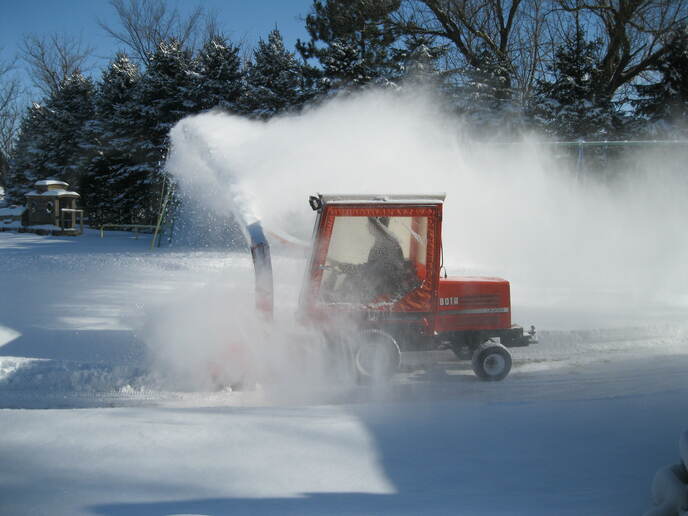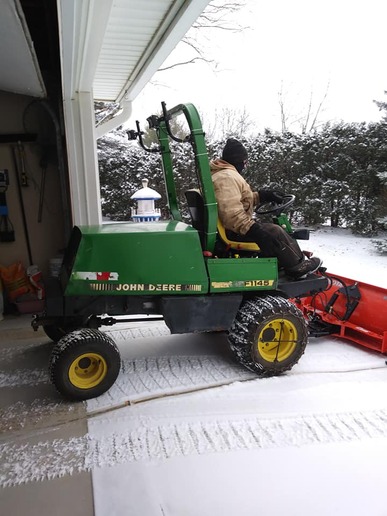550Doug
Member
- Location
- Southern Ontario
For a 'typical' 2 wheel drive tractor under 50 hp (eg Oliver 77 or 550) with no loaded rear tires, would you say that 60% of the tractor's weight is on the front axle? If the ratio is 60% front and 40% rear, how can this be verified?
Do you think the 60 /40 ratio would also work for a similar 100hp 2 wheel drive tractor? Of course the 4 wheel drive tractors would have a different ratio.
Do you think the 60 /40 ratio would also work for a similar 100hp 2 wheel drive tractor? Of course the 4 wheel drive tractors would have a different ratio.



